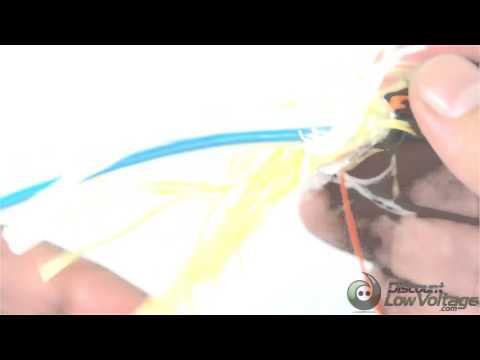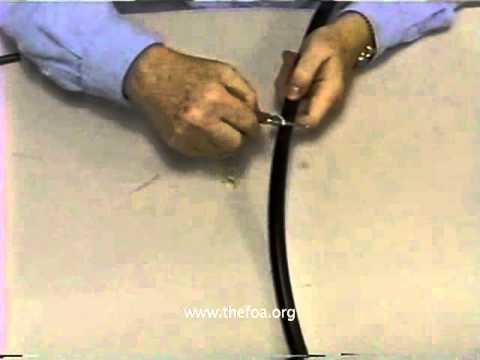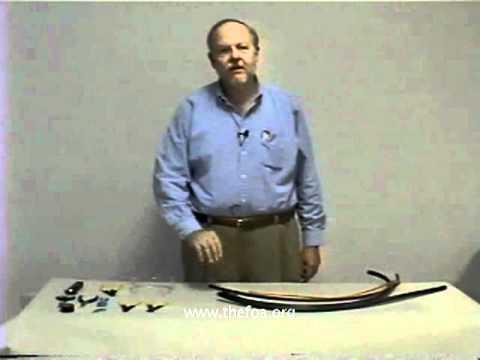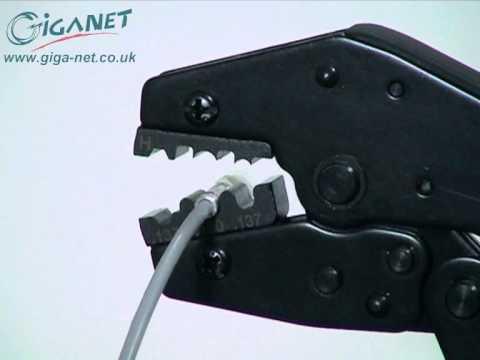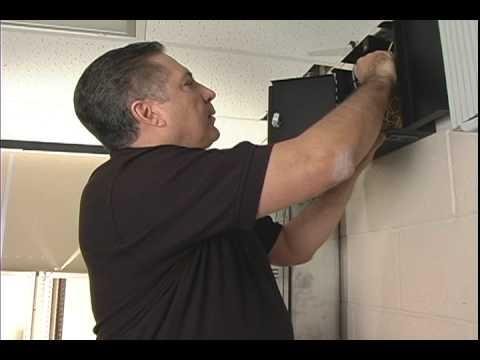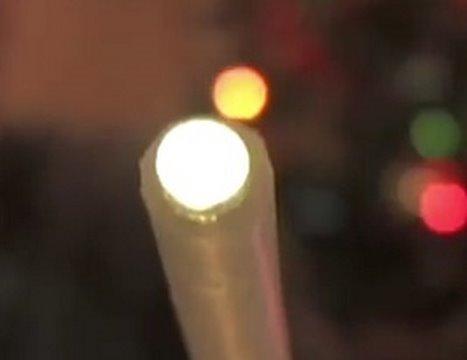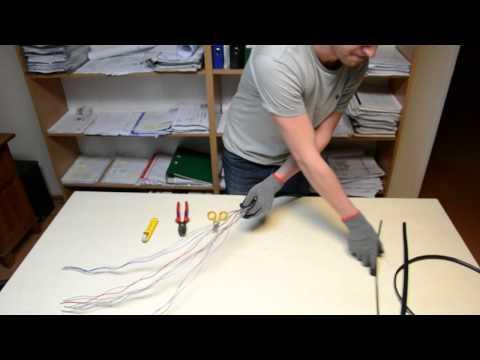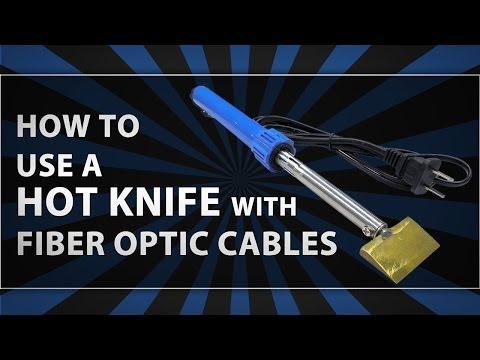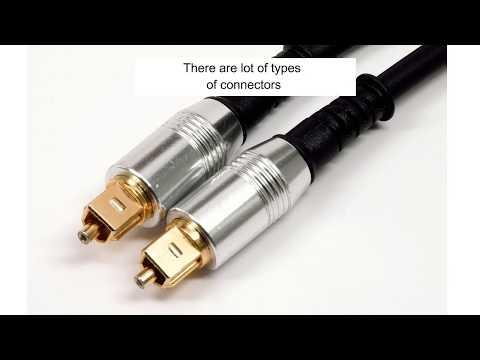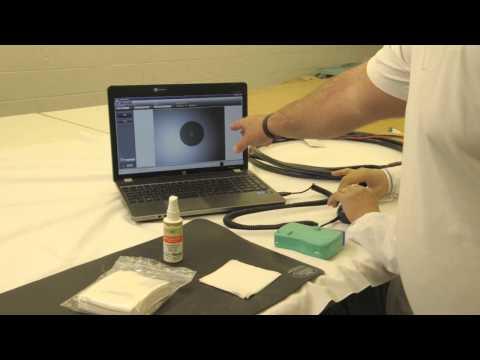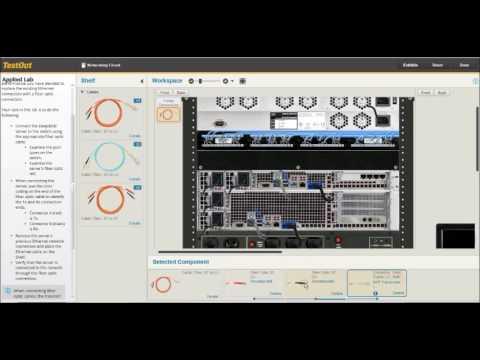What Is Fiber Optic Cable Part 1: Loose Tube Indoor/Outdoor
Description
Loose-tube fiber generally consists of 12 strands of fiber, but can range anywhere as low as 6, all the way up to 244 strands. Loose tube cables can be either dielectric or optionally armored. The modular buffer-tube design permits easy drop-off of groups of fibers at intermediate points, without interfering with other protected buffer tubes being routed to other locations. The loose-tube design also helps in the identification and administration of fibers in the system.
In a loose-tube cable design, color-coded plastic buffer tubes house and protect optical fibers. An optional gel filling compound impedes water penetration. Excess fiber length (relative to buffer tube length) insulates fibers from stresses of installation and environmental loading. Buffer tubes are stranded around a dielectric or steel central member, which serves as an anti-buckling element.
The cable core, typically uses aramid yarn, as the primary tensile strength member. The outer polyethylene jacket is extruded over the core. If armoring is required, a corrugated steel tape is formed around a single jacketed cable with an additional jacket extruded over the armor.



